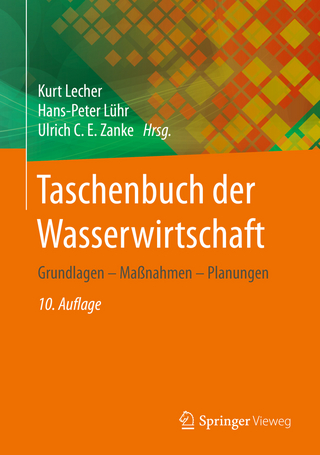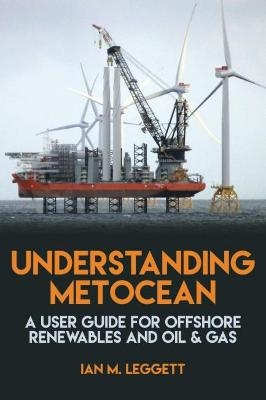
Space Weather Study Using Multipoint Techniques
Pergamon (Verlag)
978-0-08-044057-6 (ISBN)
- Titel ist leider vergriffen;
keine Neuauflage - Artikel merken
Magnetic storms may cause damage to satellites, radiation hazard to astronauts, disruption of radio communications and interruption of ground electric power lines. Space weather prediction becomes an important issue to be addressed in the 21st century. International Solar Terrestrial Program (ISTP) employs five satellites to probe the solar wind and magnetosphere, providing information for space weather prediction. The Asia-Pacific region is becoming one of the economic centres in the world. The continuous drive for scientific and technological progress in parallel is evidenced by the establishment of many space research organizations in many countries of this area. In Taiwan, the National Space Program Office (NSPO) established her third satellite programme - COSMIC (Constellation Obsering Systems for Meteorology, Ionosphere and Climate), which is a science experiment to demonstrate the utility of atmospheric radio limb soundings from a constellation of six low-earth orbiting satellites in operational weather prediction, space weather monitoring and climate monitoring and research.
In order to provide a forum to discuss the many new results in this rapid-moving field and to forge international collaborations, a three-day COSPAR Colloquium on "Space Weather Study Using Multipoint Techniques" was held. This colloquium has provided a forum for experts from the international community to present new results on the timely topic "space weather".
Opening address of the COSPAR president to the COSPAR Colloquium on Space Weather Study Using Multipoint Techniques, G. Haerendel; Keynote speech - predicting geomagnetic storms as a space weather project, S.-I. Akasofu. Solar observations and modelling session: Descriptions of coronal streamer structure during the rising phase of cycle 23, M.D. Andrews, S.T. Wu; Taiwan oscillation network - probing the solar interior, D.Y. Chou, the TON Team; Space weather study using combined coronagraphic and in situ observations, N. Gopalswamy; The SECCHI solar plasma imager for STEREO, D.J. Michels; Tomographic analysis of solar wind structure using interplanetary scintillation, M.Kojima et al; Polar plumes in coronal expansion, W.H. Ip; Solar coronal heating and weak fast shocks, L.C. Lee, B.H. Wu; An algorithm of calculation for the motion of looplike coronal mass ejections, T. Yeh. Interplanetary observations and modelling session: Upstream shocks and interplanetary magnetic cloud speed and expansion: Sun,wind and earth observations, R.P. Lepping et al; Electromagnetic electron and proton cyclotron waves in geospace: A Cassini snapshot, B. T. Tsurutani et al; Models for the size and shape of the earth's magnetopause and bow shock, J.K. Chao et al. Magnetospheric observations and modelling session: Interplanetary shock effects on the nightside auroral zone, magnetosphere and ionosphere, Z.Y. Zhou, B.T. Tsurutani; Development of an integrated predictive MHD space weather model from the solar surface of the earth's upper atmosphere, C.R. Clauer et al; Substorms and magnetic storms from the satellite charging perspective, J.F.Fennell, J.L. Roeder, H.C. Koons; Propagation of sudden impulses in the magnetosphere - Linear and nonlinear waves, D.H. Lee, M.K. Hudson; Multi-spacecraft studies in aid of space weather specification and understanding, V. Angelopoulos et al. Low-altitude-satellite observations and modelling session: The electron density distribution in the polar cap - its variability with seasons, and its response to magnetic activity, H. Laakso, R. Grard; Two-level mesopause and its variations from UARS-HRDI temperature data, S. Thulasiraman, J.B. Nee. Ground-based observations and modeling session: The application of high latitude ionosphere radars for space weather research, J. Roettger; Magnetospheric substorms - an inner-magnetosperic modelling perspective, R.A. Wolf et al; High-latitude electrodynamics from a multi-array nonlinear geomagnetic model, D. Vassiliadis et al; Magnetic impulse events and related Pc waves in the Cusp and LLBL region observed by a ground magnetometer network, H. Fukunishi, R. Kataoka, L.J. Lanzerotti; Simultaneous ground-based observations of electric and magnetic field variations near the magnetic equator for space weather study, K. Yumoto et al; Global positioning system studies of ionospheric irregularities, T.L. Beach.
| Erscheint lt. Verlag | 8.5.2002 |
|---|---|
| Reihe/Serie | COSPAR ; 12 |
| Zusatzinfo | index |
| Verlagsort | Amsterdam |
| Sprache | englisch |
| Themenwelt | Naturwissenschaften ► Geowissenschaften ► Meteorologie / Klimatologie |
| Naturwissenschaften ► Physik / Astronomie ► Astronomie / Astrophysik | |
| ISBN-10 | 0-08-044057-6 / 0080440576 |
| ISBN-13 | 978-0-08-044057-6 / 9780080440576 |
| Zustand | Neuware |
| Haben Sie eine Frage zum Produkt? |
aus dem Bereich


